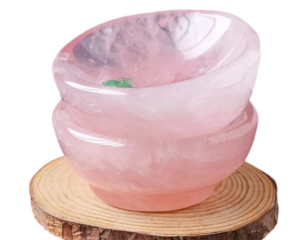Zircon is most famous for its colorless stones, which closely resemble diamonds and have been used both intentionally and mistakenly in their place. Although colorless when pure, impurities will produce yellow, orange, blue, red, brown and green varieties. Brown stones from Thailand, Vietnam and Kampuchea are usually heat-treated to change them into the colorless or blue stones popular in jewelery. Blue stones that revert to brown will regain the blue if reheated. Blue zircon reheated in the presence of oxygen will change to golden-yellow. Zircon may be distinguished from diamond by its double refraction and by wear and tear on its facet edges. It has been imitated by both colorless glass and synthetic spinel. Some zircon contains radioactive thorium and uranium, which eventually break down the crystal structure. Decayed stones are known as “low” zircon, with a “metamict” structure; undamaged material is “high” zircon.
Gem-quality crystals are usually found as pebbles in alluvial deposits. Sri Lanka has been a source of gem material for over 2,000 years; other localities include Burma, Thailand, Cambodia, Vietnam, Kampuchea, Australia, Brazil, Nigeria, Tanzania, and France.
Zircon was believed to provide the wearer with wisdom, honor, and riches and loss of lustre was said to warn of danger. The name is from the Arabic zargun, which derives from the Persian for “gold color”.




























Leave a Reply
You must be logged in to post a comment.